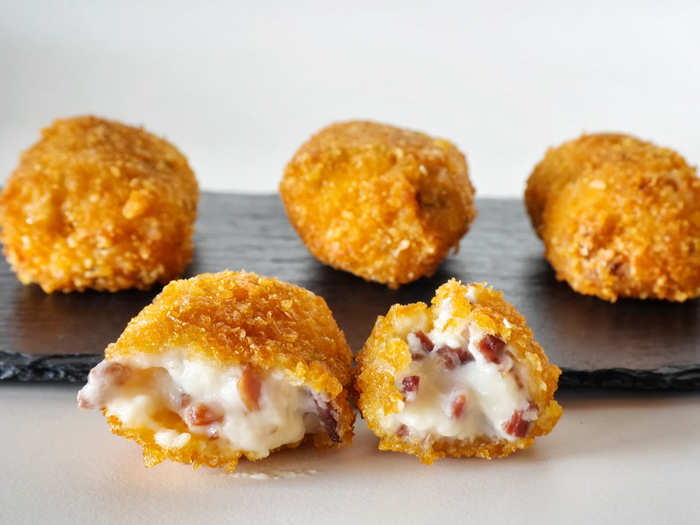22 remarkable images from the first person ever allowed to photograph Cuba from the sky
Marius Jovaisa has made a long career out of aerial photography. He has taken large-format photos of such places as Cancun, Belize, the Yucatan Peninsula, and his home country of Lithuania.

But getting access to photograph Cuba from above was by far his most challenging project yet.
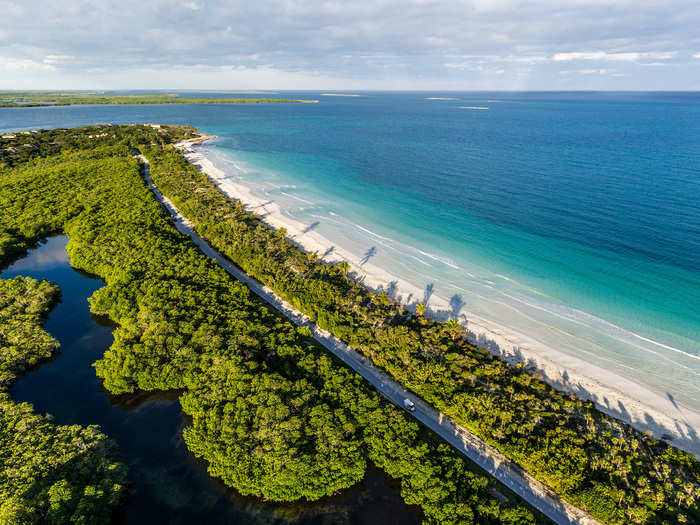
It took two years for Jovaisa to gain approval from the Cuban government to photograph the country aerially.
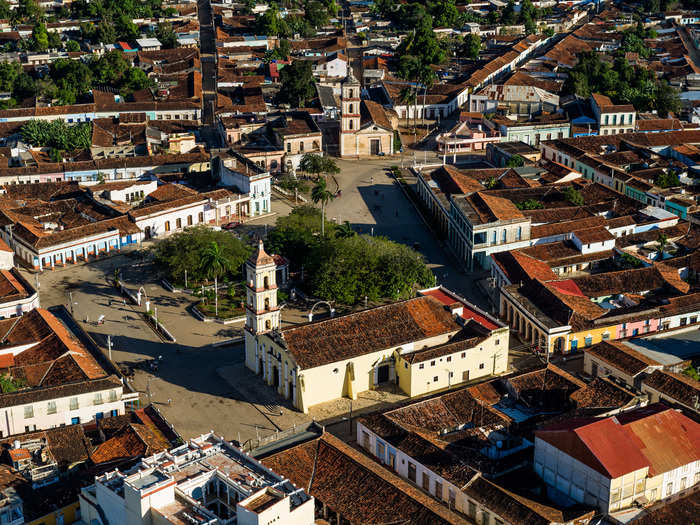
"I returned to Cuba many times, visiting all possible ministries, institutions, foundations, and art associations. I organized seminars and presentations, even a huge exhibition of my Lithuania photos in one Havana gallery," he tells Business Insider.
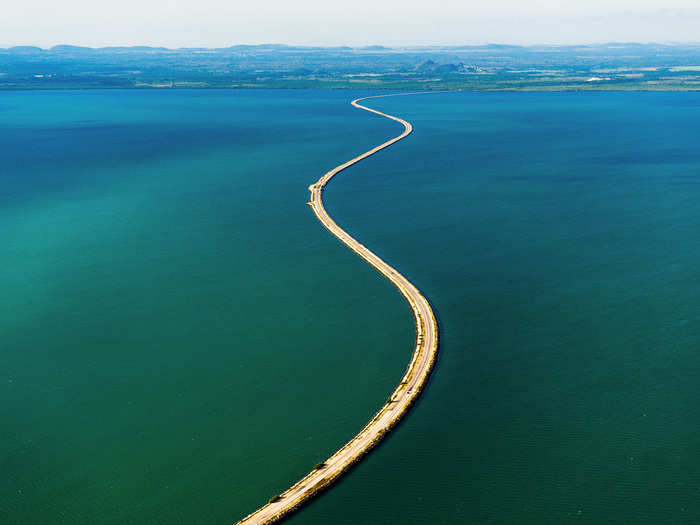
"The process was very long, complicated, slow and often frustrating," Jovaisa says. He admits that he considered quitting more than once.
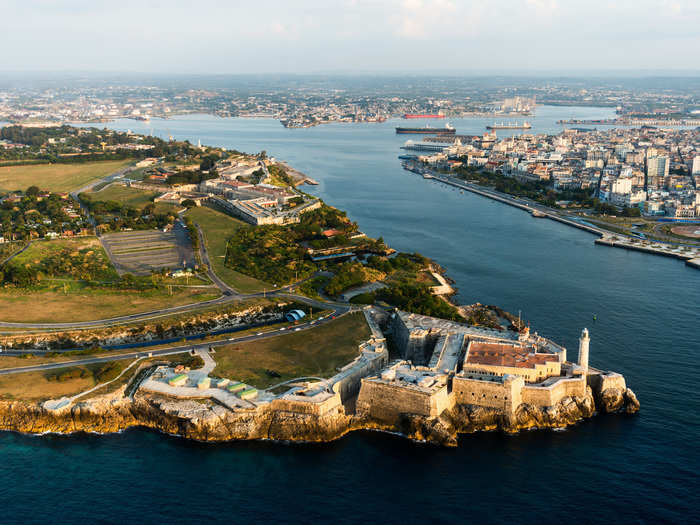
After years of "paperwork and bureaucracy," Jovaisa says, he was finally granted support from the Cuban Ministry of Culture.
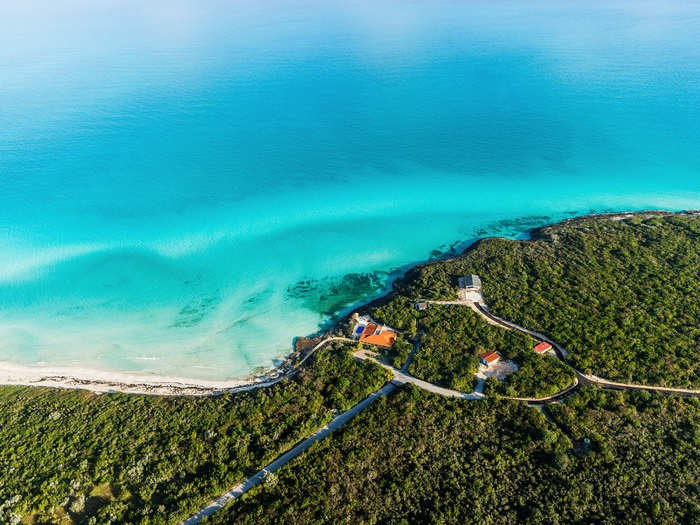
"I think the fact that I come from Lithuania, a former USSR state, and still speak Russian, that I also learned Spanish while frequenting Cuba, that I was very persistent, that I didn’t ask for any financial support, and that I already had two major aerial photo books finally convinced the Cuban government to let me to do the project," he says.
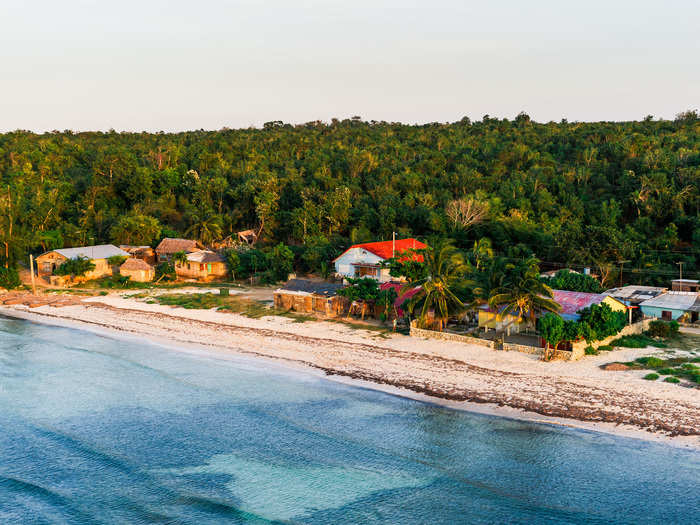
But permission was only half the battle. In other countries, Jovaisa says he would simply rent a small plane for his projects. In Cuba, he had no other option but to outright buy one.
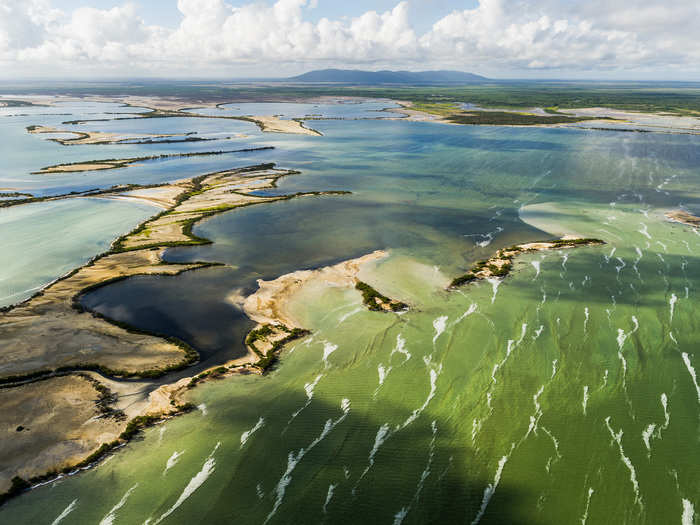
He ordered one from Australia and had it shipped by sea. Upon arrival, he had to spend even more time finding a pilot and mechanic to operate the craft.
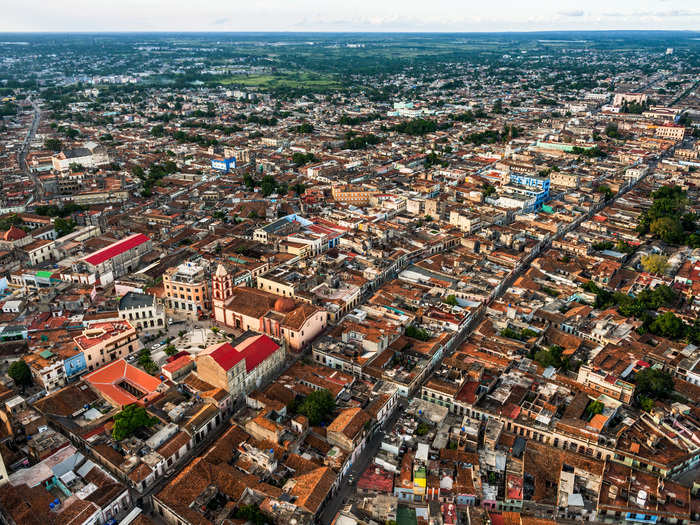
Jovaisa used what's called an "ultralight," which has two seats and a single propeller. He always uses a pilot, so he can focus on the photography.
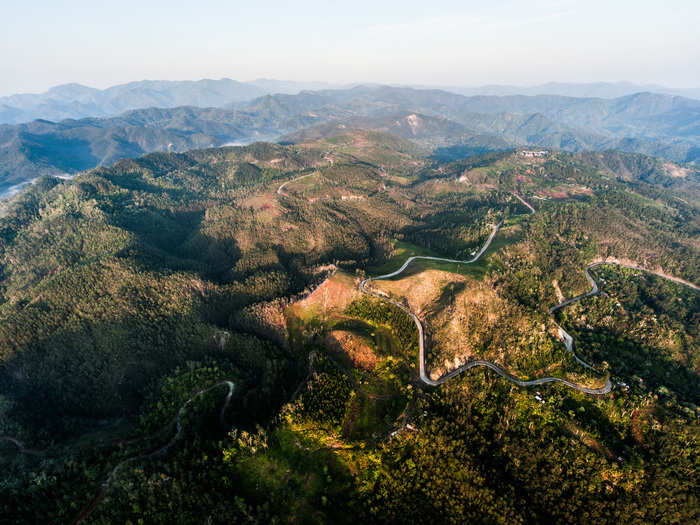
Once all his permissions and equipment were in order, Jovaisa could finally begin his project in earnest.
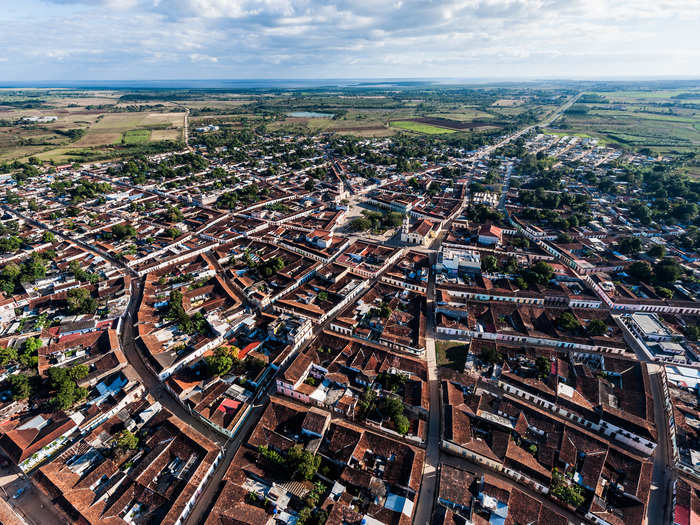
After two years of paperwork, Jovaisa spent another two and half years photographing the country.
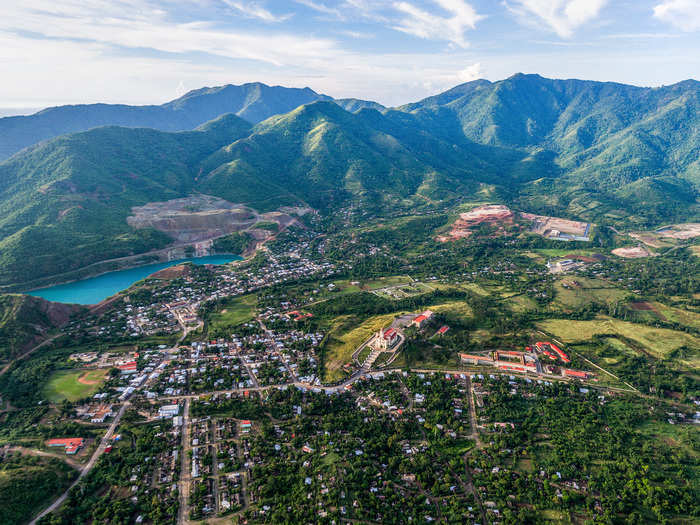
"We meticulously flew above the whole island, from the very westernmost point Cabo San Antonio to the Eastern Punta Maisi," he says.
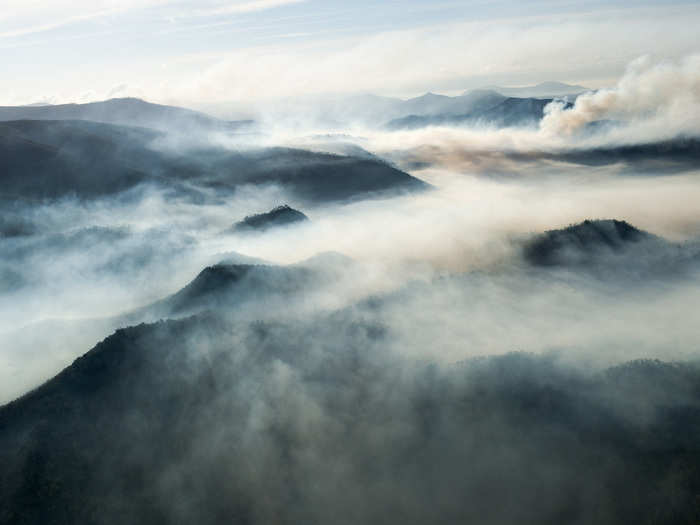
Taking more than 50,000 photos in all, Jovaisa says he tried to "capture all the most important geographical parts, all types of landscapes and cityscapes."

Another bureaucratic hitch came when Jovaisa tried to fly over Havana, seen below, as well as a few other major cities. Initially, the government would not allow him to do so.
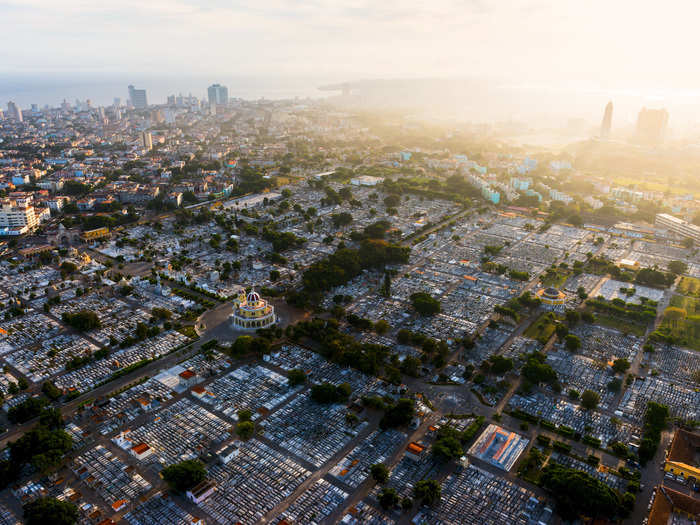
"But as time went by, I convinced the authorities to reconsider and eventually I was allowed to fly everywhere I needed," he says. Jovaisa's persistence had paid off again.
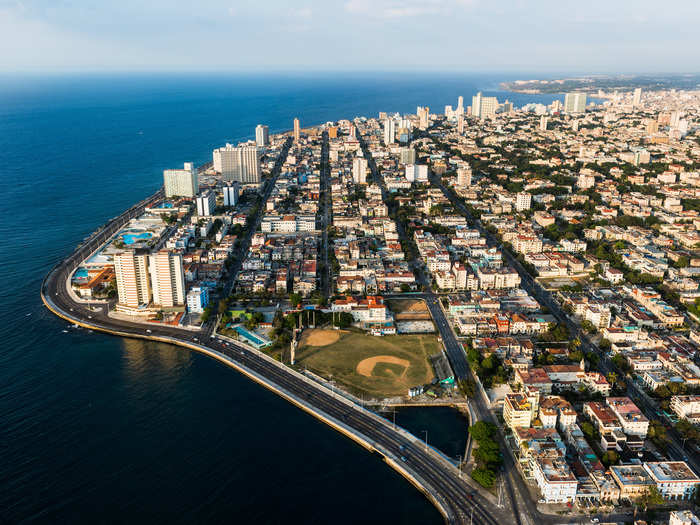
Jovaisa only flew early in the morning or late in the evening, in an effort to capitalize on the low sun and long shadows.
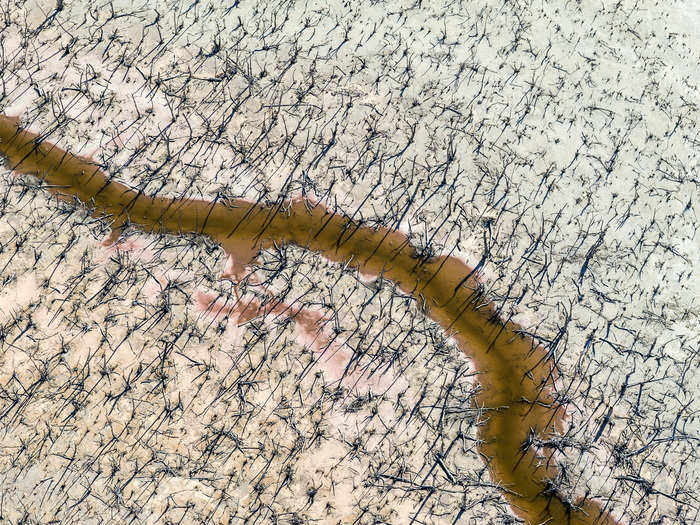
"This takes a lot of time but allows you to capture truly magical moments," he explains.
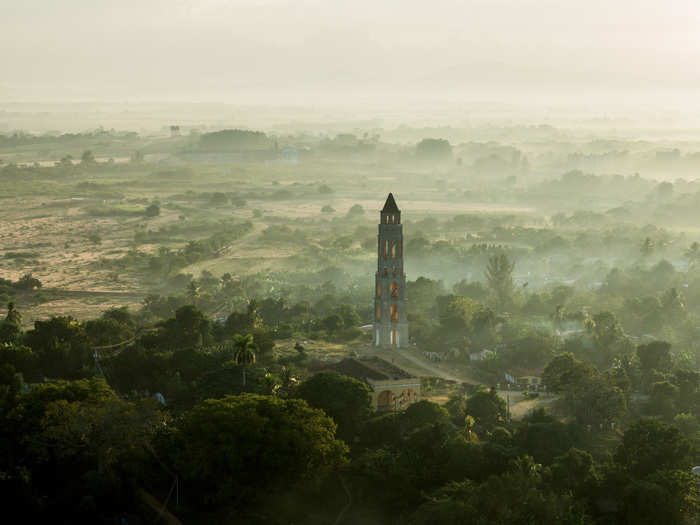
While he says that he couldn't possibly pick a favorite shooting location, Jovaisa does say that the views of Baracoa (seen below) are "deeply imprinted" in his memories.
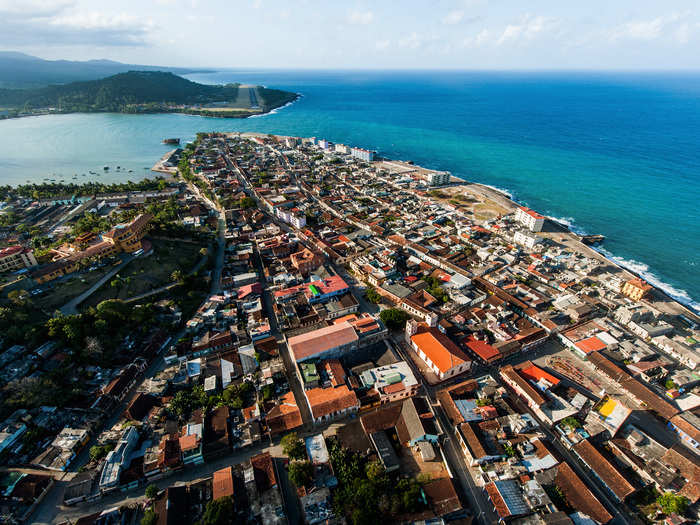
Even after all the complications and frustrations, Jovaisa says that "the people of Cuba are incredibly sincere, welcoming, warm and tough because of difficult and poor life conditions."
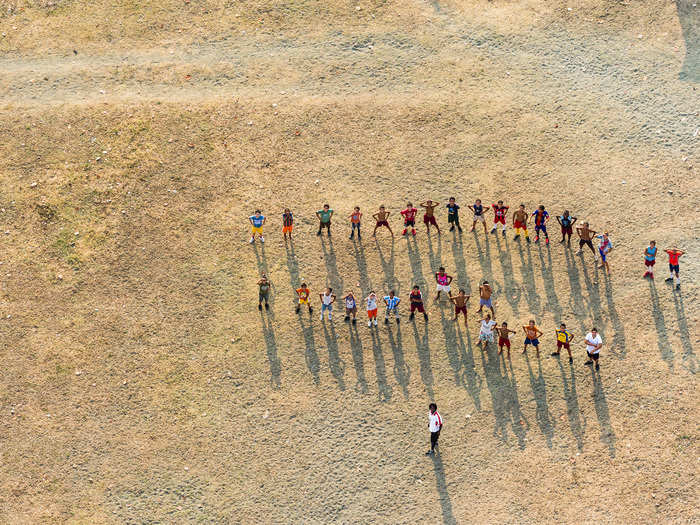
Jovaisa was also struck by just how beautiful Cuba actually was. "It has an amazing variety of landscapes, both natural and man made," he says.
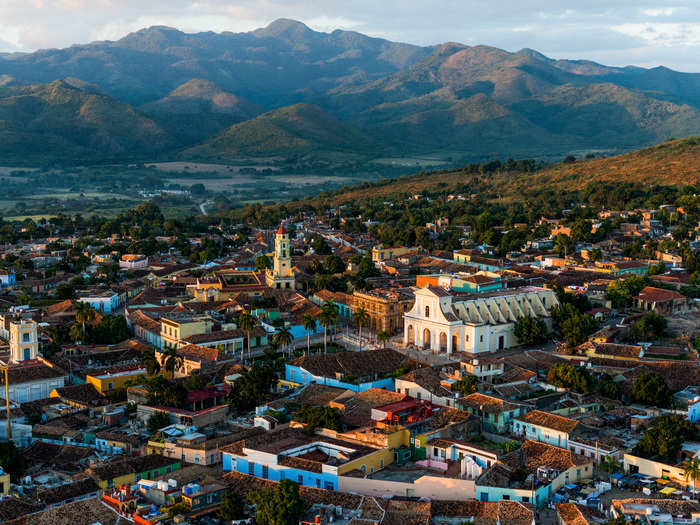
"I hope that people [who view the work] will see Cuba as a wonder of nature and human history, and as an absolutely unique place in the world," he says.
!["I hope that people [who view the work] will see Cuba as a wonder of nature and human history, and as an absolutely unique place in the world," he says.](https://staticbiassets.in/thumb/msid-47545610,width-700,height-525,imgsize-1390430/i-hope-that-people-who-view-the-work-will-see-cuba-as-a-wonder-of-nature-and-human-history-and-as-an-absolutely-unique-place-in-the-world-he-says-.jpg)
Popular Right Now
Advertisement
